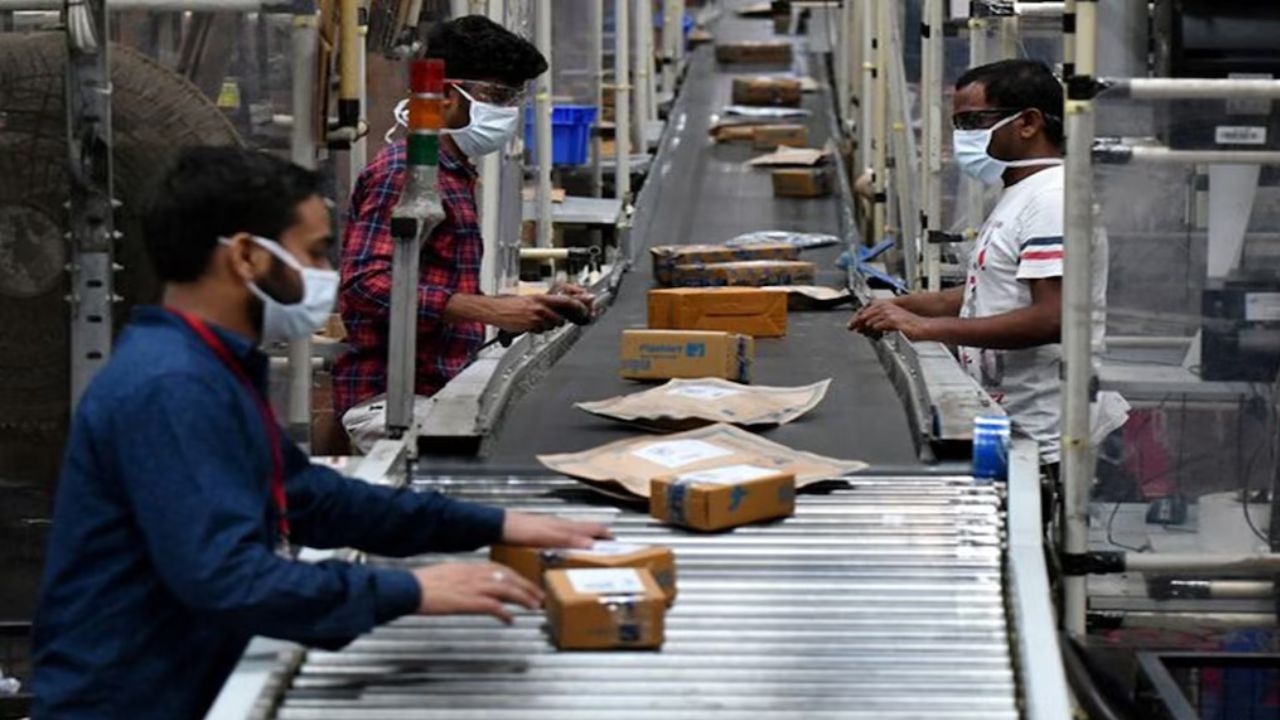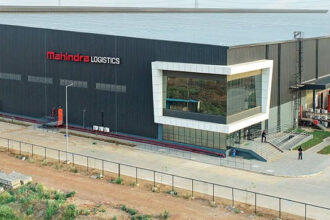With the global digital transformation market projected to reach USD 4 trillion by 2027, technology is steering the logistics industry towards a more sustainable future.
As sustainability becomes a business imperative, technology is emerging as a powerful catalyst for building more efficient supply chains. Automation and advanced technologies like AI, machine learning, and robotics are not just enhancing efficiency but also making supply chains smarter. With the global digital transformation market projected to reach USD 4 trillion by 2027, technology is steering the logistics industry towards a more sustainable future.
Automation is reshaping logistics by introducing efficiencies that significantly reduce environmental impact. AI-driven systems are optimizing route planning, potentially reducing fuel consumption by 5-15%. In warehouses, robotics handle sorting and packaging with precision, leading to a 25% reduction in errors and an increase in throughput. These improvements streamline operations, minimize waste, and lower energy use.
AI and machine learning also enhance resource management. By analyzing extensive data, these technologies improve demand forecasting, reduce excess inventory and the associated waste. This approach leads to a more efficient use of resources and a potential reduction in carbon intensity from right-sizing packaging and loading vehicles and planes more efficiently.
Automation in Warehousing and Inventory Management
Warehouse management and inventory control are benefitting immensely from automation. Robotics and AI-driven systems streamline operations, lowering energy consumption and errors. Automated systems handle sorting, packaging, and dispatching goods with greater accuracy, enhancing productivity and reducing waste. The global logistics automation market, projected to reach USD 204.5 billion by 2032, highlights the sector’s commitment to automation as a growth and sustainability driver.
Real-time analytics and AI offer valuable insights into demand patterns, allowing for precise forecasting and efficient resource allocation. These technologies make supply chains more responsive and agile when adapting to market changes.
Collaborative Efforts Supporting More Sustainable Future
Transitioning to more sustainable supply chains requires collaboration. Collaborations between logistics companies, government bodies, and environmental organizations are essential for driving innovation and best practices. Such collaborations should address infrastructure gaps, facilitate technology adoption, and create strategic alliances that pool resources and expertise.
For example, collaborations between corporations and academic institutions are establishing centers of excellence focused on sustainable logistics. Larger corporations are supporting smaller firms by providing resources and strategic guidance.
Overcoming Challenges for a Better Future
Despite the clear benefits of automation and advanced technologies, integrating these solutions poses challenges. High initial costs and technical complexities can be barriers. However, strategic investments and phased implementation can mitigate these issues. Comprehensive training programs are important for ensuring a smooth transition and effective use of new technologies. Adapting the workforce is essential to fully realize the potential of these technologies. Upskilling programs prepare employees to work alongside advanced systems, driving further innovation and efficiency.
To Conclude
Advanced technologies will continue to be the driving force behind more efficient supply chains. As the logistics industry continues to innovate, embracing these technologies will pave the way for a more sustainable future. Companies that prioritize sustainability and adopt these advancements will not only reduce their environmental impact but also position themselves as leaders in today’s competitive and increasingly sustainability-aware business landscape.






